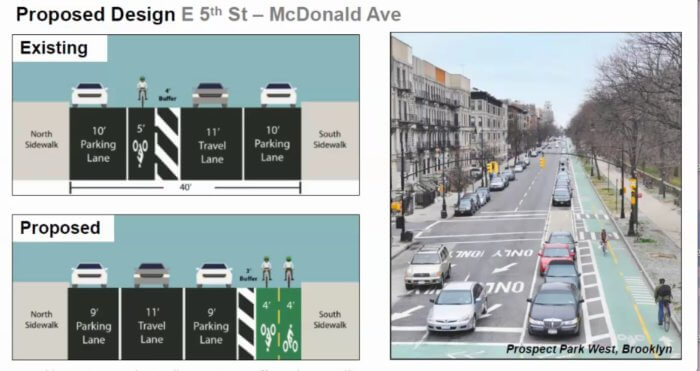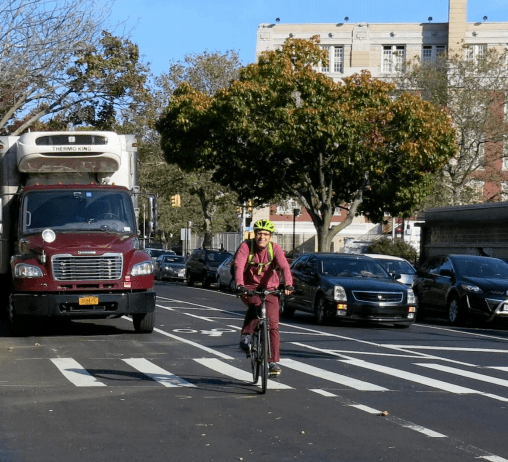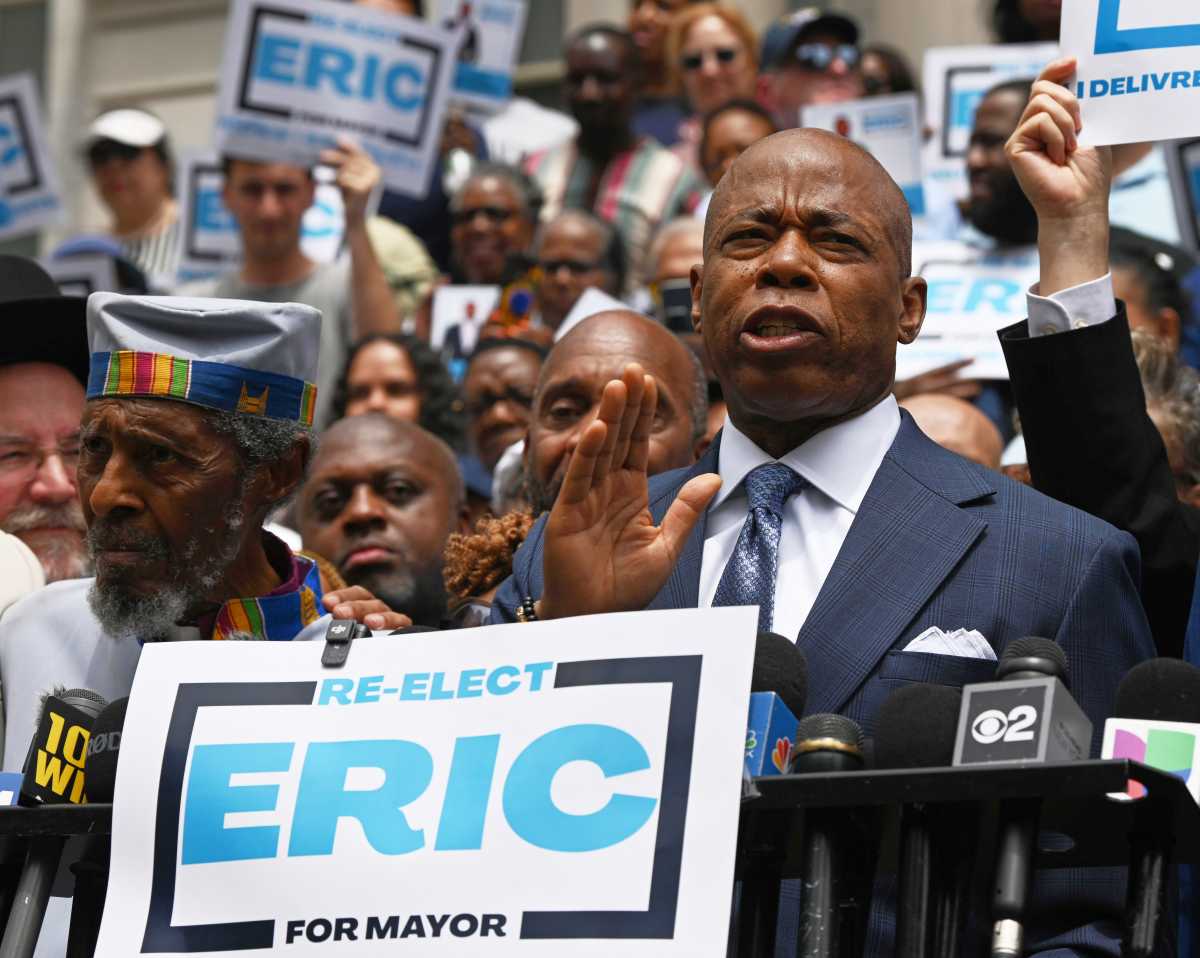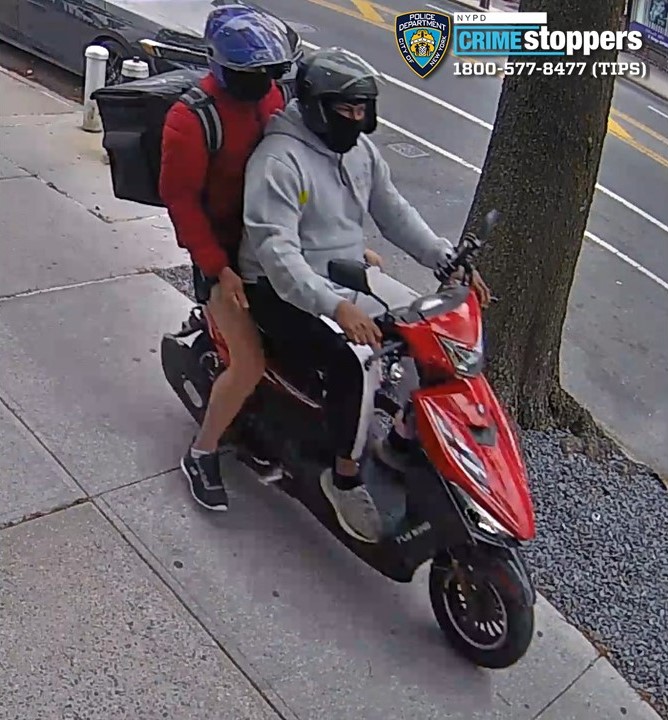Civic gurus at Windsor Terrace’s Community Board 7 voted in favor of the city’s plan to install a parking-protected bike lane along Fort Hamilton Parkway on Monday.
The community group’s Transportation Committee approved the proposal by a 7-to-1 margin — reversing their decision from last year, when they objected to the plan due to a loss of parking spaces.
The Department of Transportation plans to install the two-way parking-protected lane on the southern side of the commercial corridor between E. Fifth Street and McDonald Avenue. At the same time, the transit honchos will turn the one-way bike lane on the overpass above the Prospect Expressway into a two-way lane by widening the existing barrier.
City data shows that 45 people were injured from 2013 and 2017 on the stretch of Fort Hamilton Parkway between Prospect Park and Green-Wood Cemetery, which the agency hopes will become less dangerous as they provide safer passage for bikers to cross the adjacent Prospect Expressway.
“You’ll often see a lot of these cyclists going to the park staying on Fort Hamilton, riding the wrong direction, riding on the sidewalk,” said Department of Transportation planner Preston Johnson. “This is a plan that attempts to deal with these issues, which are not favorable either for people on bikes, people walking, or people in cars.”
Johnson also told the community board that the department hopes the Fort Hamilton Parkway bike lane will prevent motorists from speeding along the corridor, where data shows that one-in-five cars drive above the speed limit.

In order to appease locals concerned about the necessary loss of parking spaces on street corners along the bike lane, the department will reinstall more than 20 parking spots one block over on Caton Avenue by consolidating bus stops with the help of the MTA. That plan will bring the net amount of parking spots lost in the project to just 1, according to the city officials.
Some residents countered, however, arguing that Fort Hamilton Parkway is home to many businesses struggling during the COVID-19 pandemic — whereas Caton Avenue is mostly residential, and therefore parking there was not as useful.
Research suggests that converting street space into bike lanes is actually better for business than housing more parking for motorists.
“The business corridor there is going to benefit immensely,” said the board’s transportation chair Zak Jasie. “I think between that and the traffic calming measures…this is going to improve this corridor in many ways.”
Others pushed the city to work faster to install more traffic-calming infrastructure on congested corridors in the area like Church Avenue, where at least three pedestrians were killed last year.
“Why is this so piecemeal?” asked Debbie Herdan, a Windsor Terrace cyclist who said she has been hit by a driver at the intersection of Fort Hamilton and McDonald. “Now we’ve chosen this tiny little area, we’re going to make great improvements here, and why can’t this be more of a standard treatment?”






















